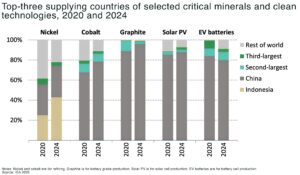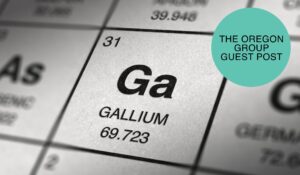This week, prices for nickel shot up to levels not seen in a decade. Why? It’s the perfect storm you get when tightening global supply collides with red-hot demand from consumers – in this case EV manufacturers. The surge is also riding on a broader recovery in industrial metals, helped along by renewed optimism over China’s economic outlook.
On the LME, benchmark nickel jumped as much as 4.4% to $22,745 per tonne—its highest since August 2011. By mid-morning in London, it was still up 3.7% at $22,610. The rally isn’t just about batteries, (though let’s be honest – that’s a big driver). In China, prices also soared. The most-traded nickel contract on the Shanghai Futures Exchange ended the day up nearly 4% at 162,340 yuan a tonne—around $25,500—marking a new record high.
Traders in Asia say low stockpiles are playing a key role, with Chinese stainless steel mills actively restocking ahead of expected demand growth. Nickel inventories on the LME have been sliced in half over the past five months, falling to just under 100,000 tonnes—the lowest since December 2019. The situation’s not much better in China, where refined nickel stocks are hovering near historic lows.
Adding to the pressure, LME cash nickel is now trading at a $192 premium over the three-month contract, the widest spread since late 2019. That’s a classic signal of tight near-term supply. And forecasts don’t offer much relief. Analysts at Goldman Sachs now expect a global nickel deficit of 30,000 tonnes in 2022—more than double their previous forecast. You’ve got to love a bull market for battery manufacturing that relies on digging nickel out of the ground.
If battery demand continues on its current trajectory, and supply remains strained, nickel’s rally could be far from over.
Anthony Milewski
Chairman, Nickel 28 Capital




















